Italy’s love affair with pasta is as rich and varied as its landscapes. From the rolling hills of Tuscany to the sun-drenched coast of Sicily, each region of Italy boasts its own distinctive pasta shapes—each crafted not only for taste and texture but also for pairing perfectly with local ingredients and sauces. These traditional pasta forms aren’t just culinary quirks; they are edible reflections of regional history, geography, and culture. Let’s take a flavorful journey across the Italian peninsula and discover the fascinating stories behind its most beloved regional pasta shapes.
1. Orecchiette – Puglia’s “Little Ears”
Origin: Puglia (Apulia), Southern Italy
Shape & Texture: Small, round discs with a slight dome in the center and a rough, ridged exterior.
Traditional Pairing: Cime di rapa (broccoli rabe) sautéed with garlic, anchovies, and chili flakes.
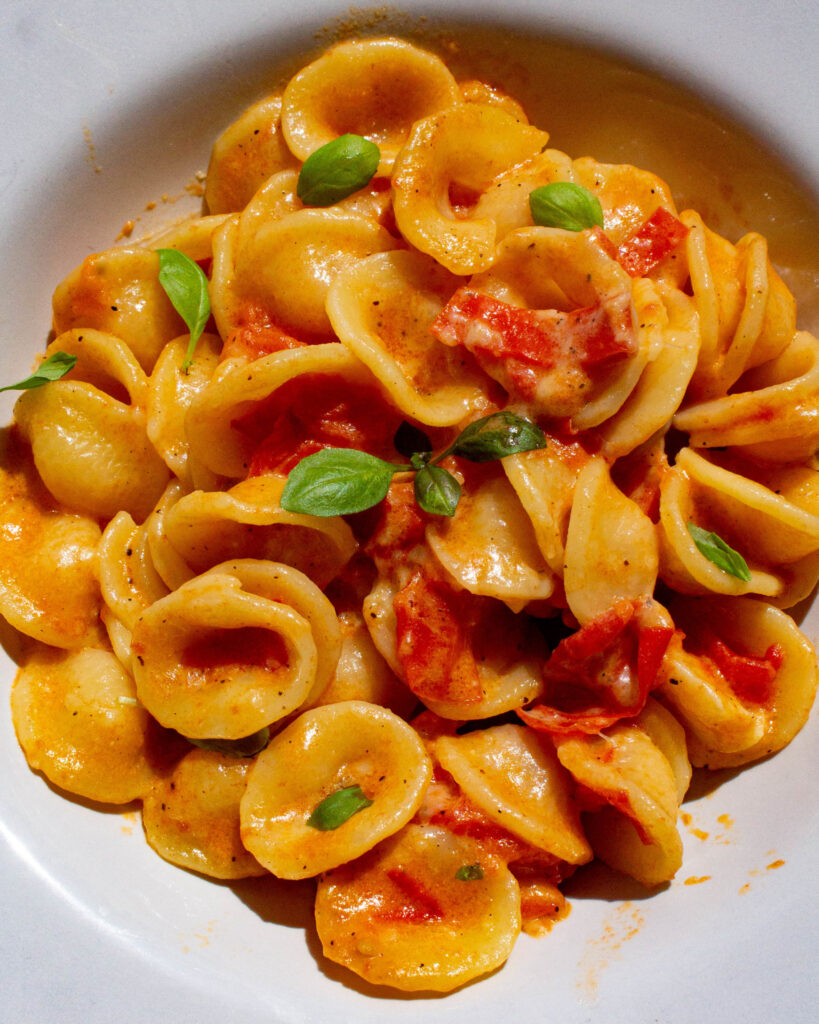
Orecchiette, which translates to “little ears,” are handcrafted by pressing small dough balls with the thumb or a knife to create a concave shape. The rough surface and cupped form make them ideal for catching chunky vegetable sauces and small bits of sausage. This pasta reflects the humble, peasant roots of Puglia—where wheat was precious and simplicity reigned supreme.
2. Trofie – Ligurian Twists of Tradition
Origin: Liguria, Northwestern Italy
Shape & Texture: Short, thin, and tightly twisted. Firm and chewy.
Traditional Pairing: Classic Pesto alla Genovese with potatoes and green beans.
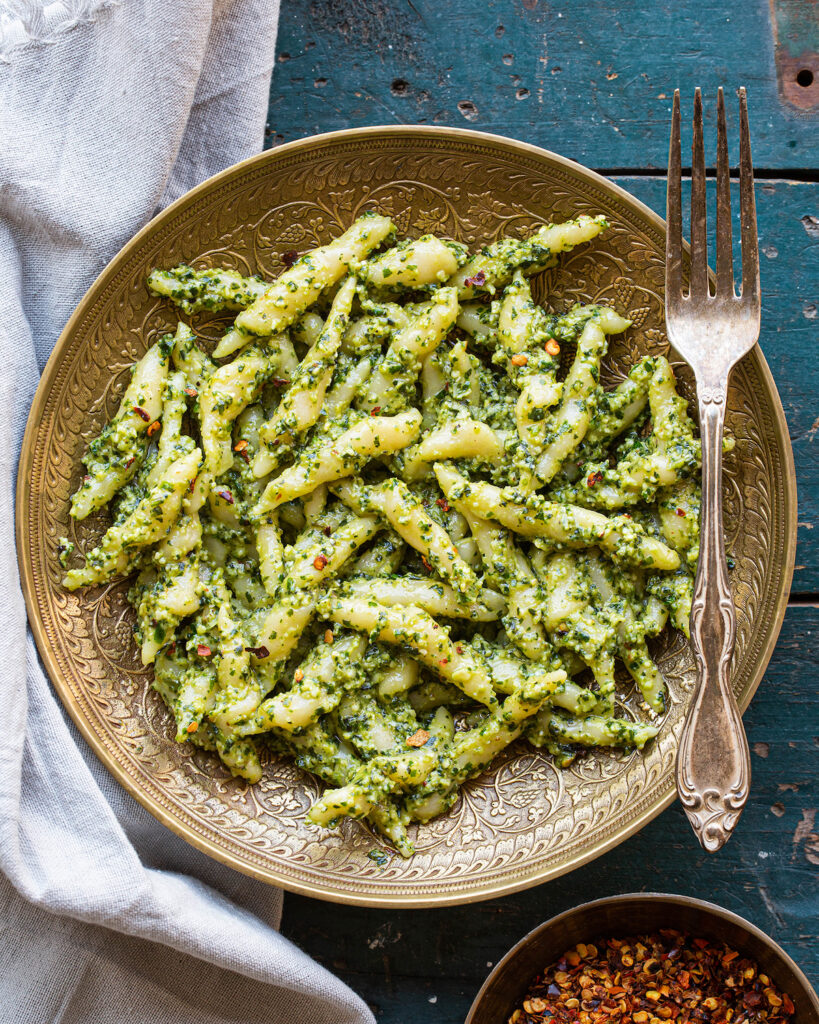
Trofie are made by rolling thin strands of dough between the palms to form delicate spirals. This pasta is the quintessential partner for Liguria’s basil pesto, a vibrant green sauce made from local basil, garlic, pine nuts, Parmesan, and olive oil. The tight curls of trofie hold the oily pesto beautifully, offering a perfect bite of sauce in every forkful.
3. Pici – Hand-Rolled Heritage from Tuscany
Origin: Tuscany (especially Siena)
Shape & Texture: Thick, irregular spaghetti-like strands. Chewy and hearty.
Traditional Pairing: Aglione sauce – a garlicky tomato sauce; also pairs well with ragu or breadcrumbs.
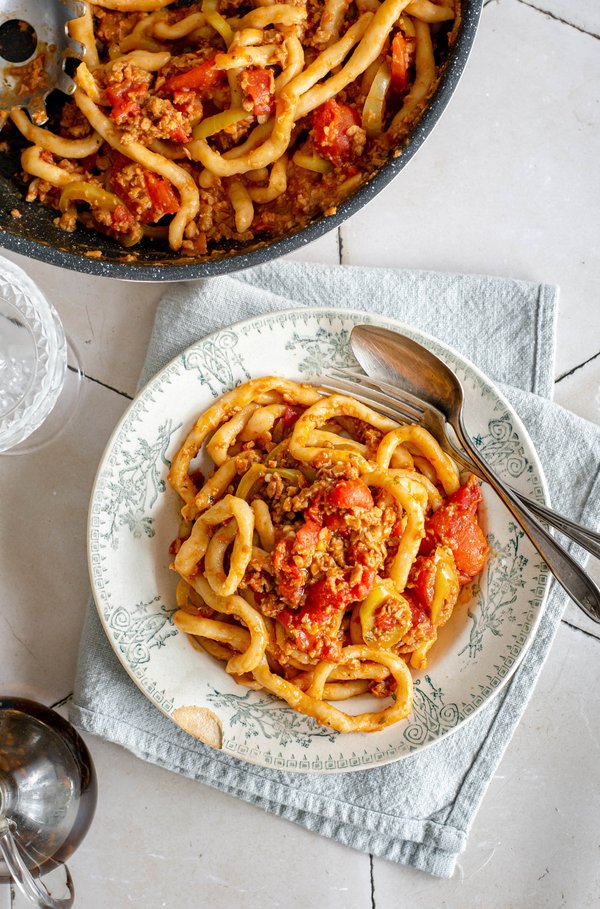
Pici is a rustic, hand-rolled pasta that has its roots in ancient Etruscan cuisine. Its thickness and chewiness make it a satisfying vessel for bold, rustic sauces. The labor-intensive rolling process is often a communal activity, especially during village festivals, showcasing its role in Tuscan cultural heritage.
4. Malloreddus – Sardinia’s Signature Shells
Origin: Sardinia
Shape & Texture: Small, ridged shells resembling gnocchi. Dense and textured.
Traditional Pairing: Sugo alla Campidanese – a rich tomato and sausage ragu often spiced with saffron.
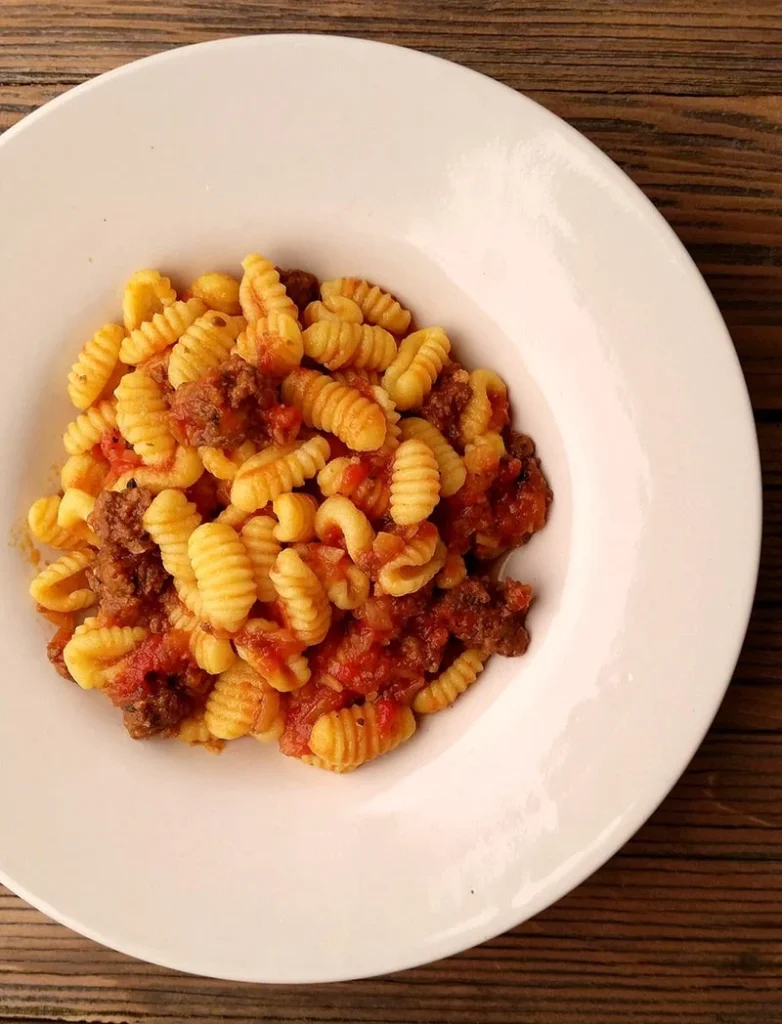
Malloreddus, also known as “gnocchetti sardi,” are made with semolina and water, often flavored with saffron grown on the island. The ridges are perfect for clinging to hearty meat sauces. This pasta speaks of Sardinia’s agricultural history, where saffron and pork products are staples.
5. Bigoli – Veneto’s Bold Spaghetti Cousin
Origin: Veneto (especially around Venice)
Shape & Texture: Thick, long strands, coarser than spaghetti. Dense and firm.
Traditional Pairing: Bigoli in Salsa – anchovy and onion sauce; also served with duck ragu.
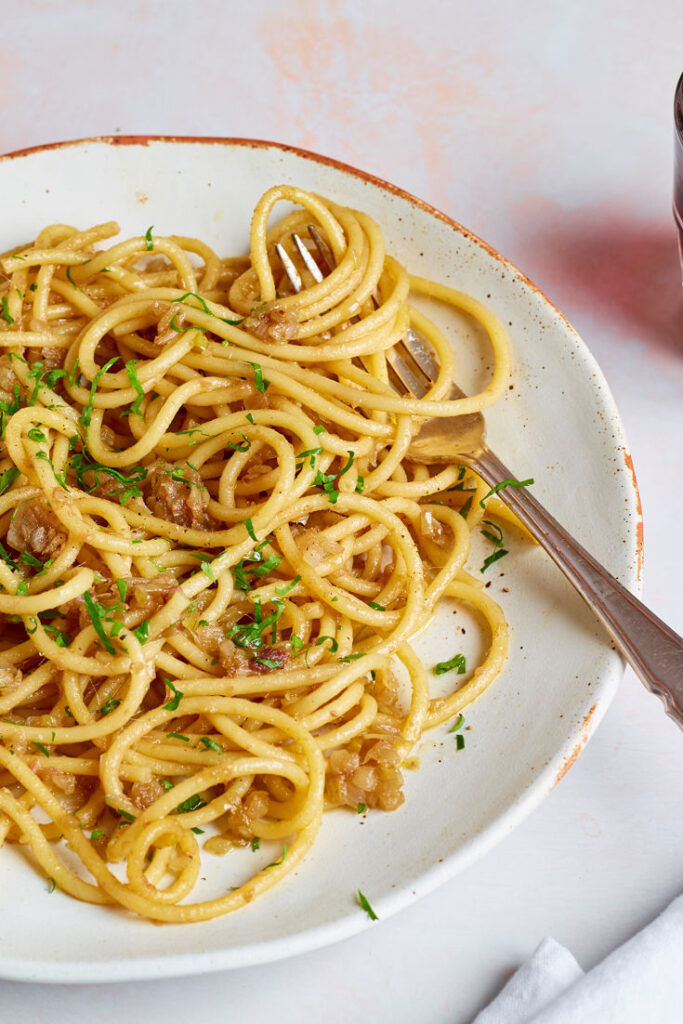
Made using a torchio (a pasta press), bigoli’s rough texture and substantial girth help it stand up to intense sauces. Originally made with buckwheat or whole wheat, bigoli is a testament to the resourcefulness of Northern Italian cuisine, where fish and game were often the main proteins.
6. Cavatelli – Southern Italy’s Hand-Sculpted Shells
Origin: Molise, Campania, and Calabria
Shape & Texture: Small, hollowed-out shells; slightly chewy.
Traditional Pairing: Rich tomato sauces, ricotta, or hearty vegetable ragus.
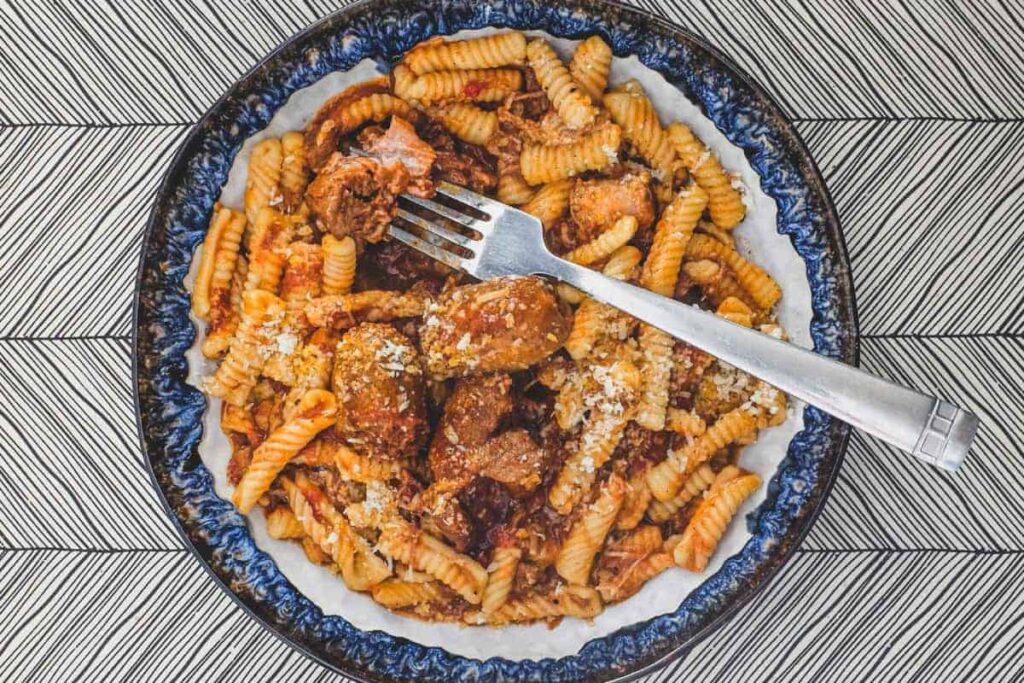
Cavatelli, meaning “little hollows,” are made by pressing and dragging dough with fingers or a knife. Their shape and texture make them a versatile pasta in southern Italian kitchens, often featured in celebratory meals and Sunday feasts.
7. Busiate – Sicily’s Spiraled Legacy
Origin: Western Sicily
Shape & Texture: Long, corkscrew spirals, often hand-rolled around a thin rod.
Traditional Pairing: Pesto Trapanese – almonds, tomatoes, basil, garlic, and olive oil.

Busiate is a showcase of Sicilian artisanal tradition. The name likely comes from the word buso, the stem of a local plant used to twist the dough. This pasta’s spiral form grips pesto and other sauces effortlessly, offering both texture and visual delight.
The Cultural Tapestry of Pasta Shapes
Italian pasta is much more than flour and water it is a symbol of regional pride and identity. The evolution of pasta shapes was driven not just by taste, but by necessity, geography, and local resources. The shapes are thoughtfully designed to complement the ingredients and traditions of each locale. Whether it’s the garlic-heavy sauces of Tuscany, the saffron-infused ragus of Sardinia, or the aromatic basil of Liguria, each shape is a culinary key that unlocks the flavors of a specific place.
Conclusion
Exploring regional Italian pasta shapes is like reading a flavorful map of Italy. Each twist, curve, and ridge have a story to tell—a story of grandmothers at flour-dusted tables, of village feasts, of centuries-old traditions passed from generation to generation. As you experiment with these pastas in your own kitchen, you’re not just preparing a meal—you’re tasting history, culture, and the enduring soul of Italy.

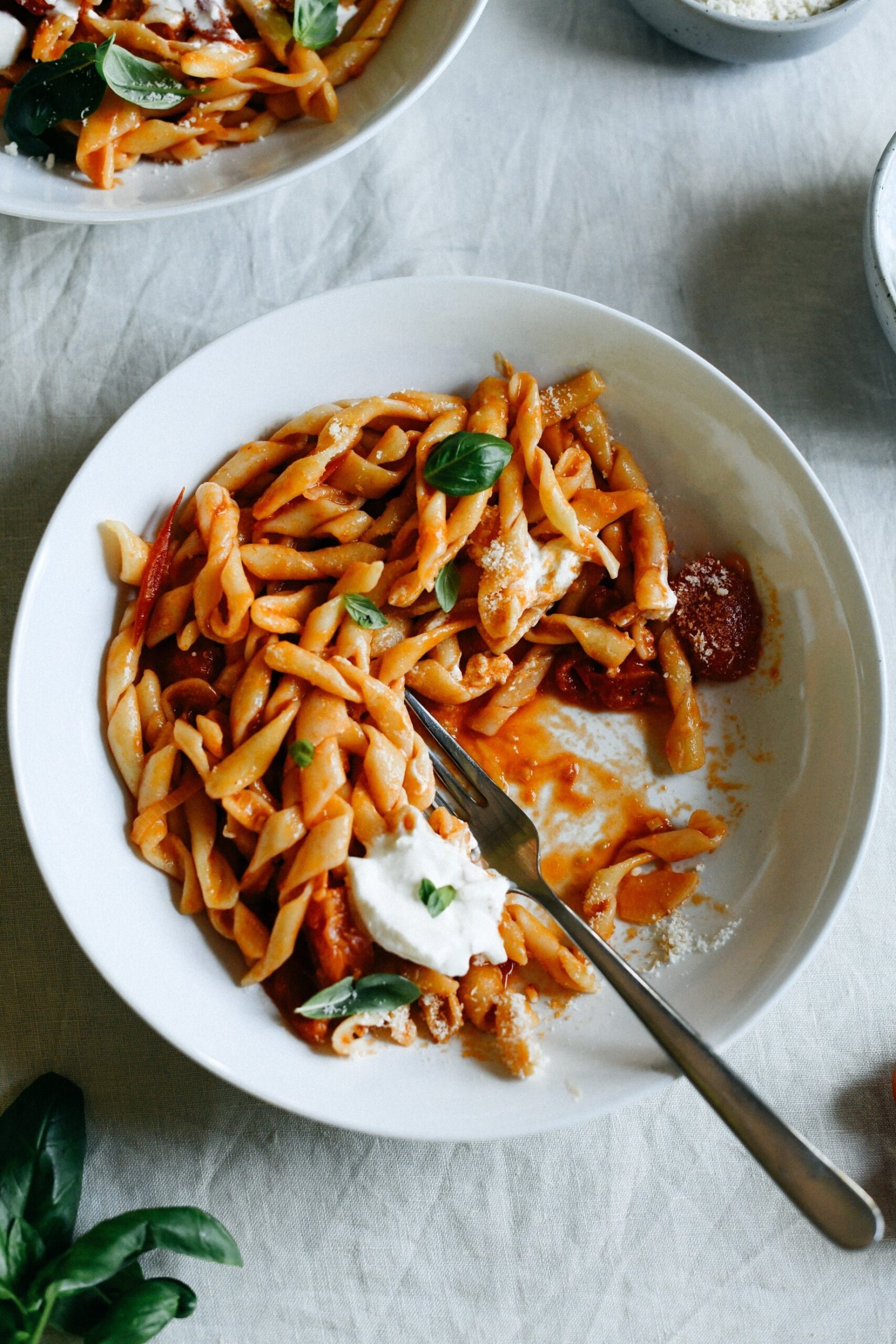

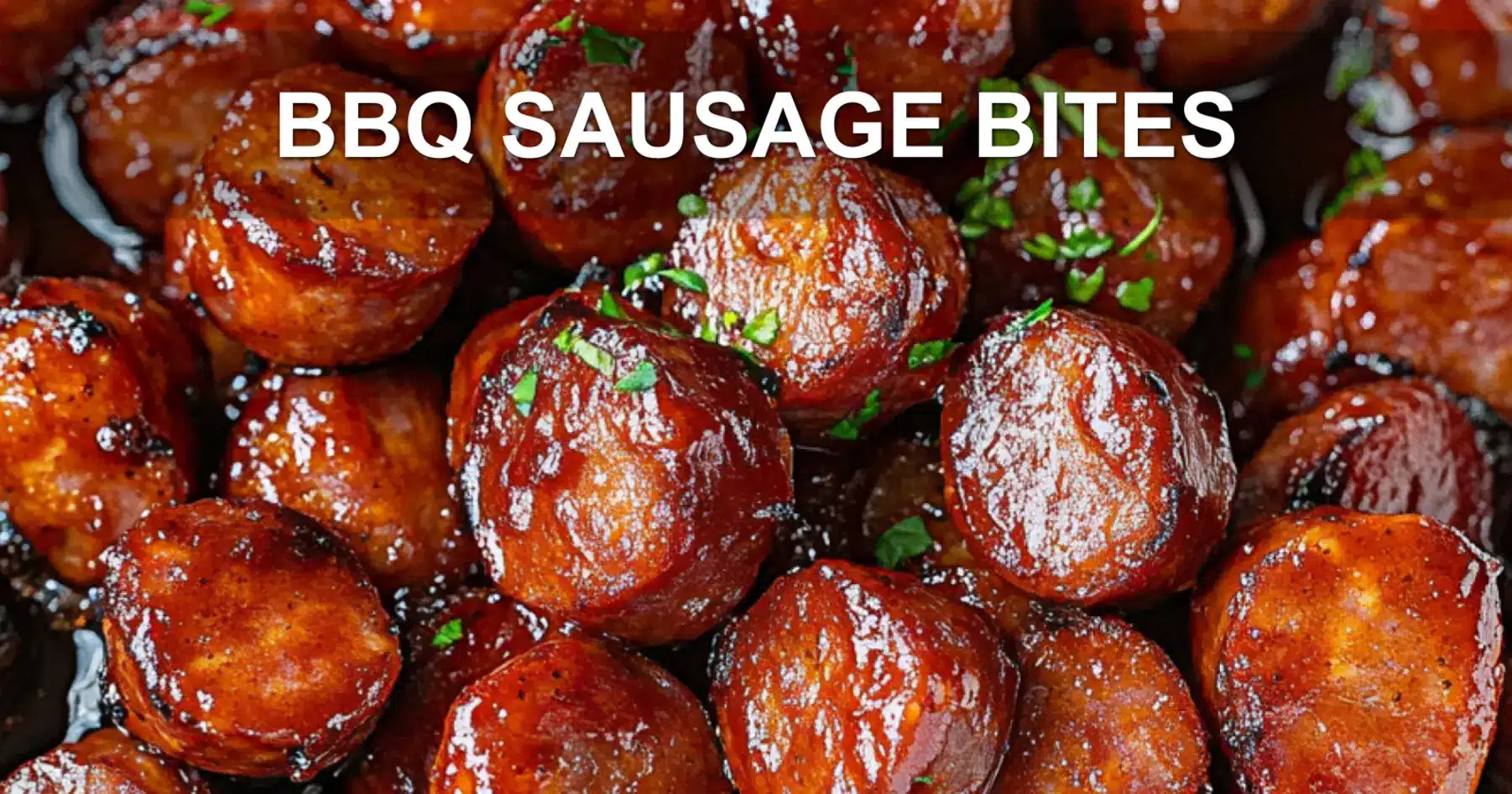



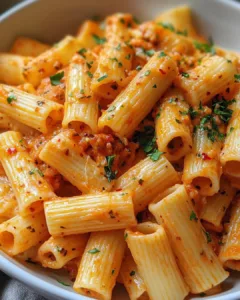


1 thought on “Exploring Regional Italian Pasta Shapes and Their Uses”